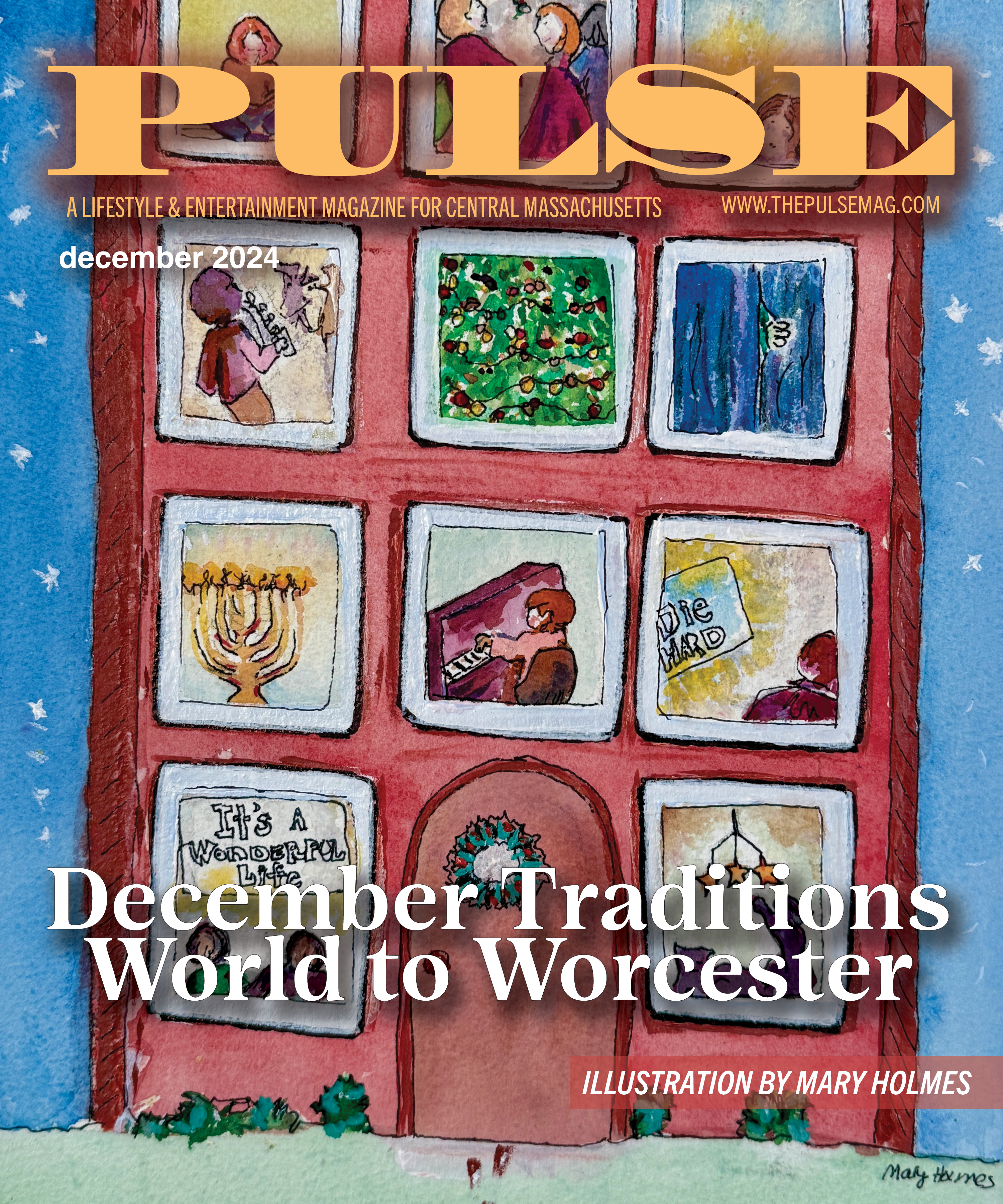
Fall in New England is great. Viewing it from atop a mountain is even better. Although I’ve always enjoyed running, hiking is becoming one of my favorite workouts. While it can provide the same adrenaline boost, it involves a different kind of mental stimulation than running – there’s no tuning out the world with your headphones and death metal playlist; hiking requires more awareness of your surroundings (for safety reasons), ultimately inviting a deeper connection with nature.
As with any new sport, you’ll need to do some research and gather proper gear before heading out. Luckily, we’ve got you covered (see our lists). While we can’t force you to take our advice, safety should always come first. For instance, before a hike, make sure to fully charge you phone and let someone know your planned route and when you’ll return, so in the event of an emergency, people will know where you are. And while on the trail, always make sure to locate the next blaze (marks on trees indicating the direction of the trail) before proceeding, so you don’t get lost.
You don’t have to climb Everest to reap the benefits of a great hike. There are plenty of great places in Central Massachusetts. Also, check local outdoor recreation stores; they host many activities and can offer advice on the best spots to find some solitude.
Purgatory Chasm, Sutton
Purgatory Chasm offers an adventure for all ages. In addition to the Chasm – ¼ mile of approximately 14,000-year-old rocks – there are short, easy hiking trails leading to a variety of other rock formations.
Wachusett Mountain State Reservation, Princeton
Wachusett Mountain – with an elevation of 2,006 feet – has long been a top local spot because of the views it offers of the Central Massachusetts landscape. The 3,000-acre state reservation offers a variety of natural resources and hiking trails.
Moore State Park, Paxton
Located in the heart of Central Massachusetts, this 400-acre sanctuary is a historic site with sawmills dating back to 1747. The trails, dotted with waterfalls, are an easy hike for anyone looking for relaxation, nature and a little history.
Royalston Falls, Royalston
Those who brave the descending 0.8-mile trail will be greatly rewarded when the 45-foot waterfall, an ancient gorge carved by prehistoric glacial meltwater, comes into view. The hike can be strenuous in some places and slippery at wet points.
Newton Hill, Worcester
The 41 acres in the Newton Hill section of Elm Park offer a quiet place away from the city’s buzz. Known for its disc golf course, there are also walking, running and biking trails kept safe and clean by the Friends of Newton Hill.
Vaughn Hill, Bolton
Vaughn Hill is perfect for a day hike and offers sweeping views of the area. While the Bolton Trail system offers several trails to choose from, Vaughn Hill’s gradual ascent is only moderately difficult and suitable for most ages.
Sholan Farms, Leominster
In addition to its acres of farmland, Sholan Farms offers several miles of trails through the farm and surrounding area. These trails connect to longer, more mountainous terrain, including Monoosnoc Trail and Devil’s Pulpit. Sholan Farms offers Twilight Hikes, so check the website for details.
What to Pack:
The goal of every hiker is to be fully prepared while carrying as little weight as possible. Before heading out, check to ensure all items are functional; a flashlight with dead batteries won’t do any good.
- Water: Invest in a hydration pack, you won’t regret it.
- First aid kit: Visit redcross.org to make your own.
- Flashlight/headlamp.
- Food/snacks: granola bars, trail mix, beef jerky, etc., contain protein and are easy to pack.
- Matches/lighter.
- Navigation: Don’t rely on your phone; bring a compass or an old-fashioned paper map and always carry a copy of the area trails with you.
- Knife/multi-tool.
- Duct tape (make a smaller roll).
- Extra socks.
- Toilet paper/tissues (ladies, check out GoGirl).
- Skin protection: Sunscreen, lip balm, bug spray.
- Emergency blanket: Mylar thermal blankets can be used for warmth and shelter, and they fold up to the size of a deck of cards.
- Rain poncho.
What to Wear:
- Hiking boots: They’re expensive, but worth every penny, as they offer more support and traction than sneakers.
- Socks: Synthetic or wool is your best bet (cotton will give you blisters).
- Hat and/or sunglasses.
- Moisture-wicking long-sleeved shirts: They’ll keep you cool and keep the bugs away.
- Insulated jacket or vest: When the sun goes down, temps will drop.
- Rain jacket or water-resistant shell: A rain poncho works in a pinch.
- Gloves
- Pants: Insulated, moisture-wicking and/or thermal are all good options. Make sure you can move in them and layer up when needed.
By Kimberly Dunbar





